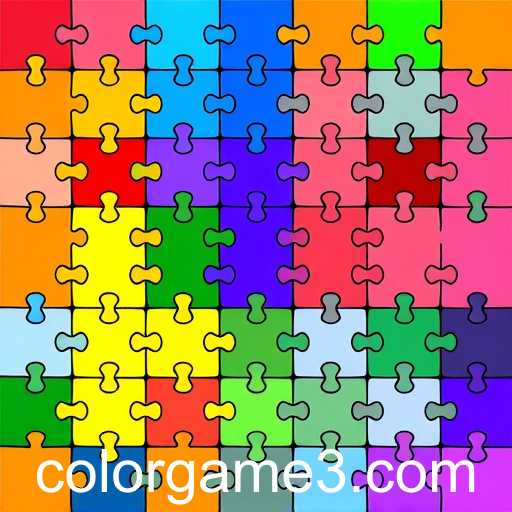In a world where digital experiences dominate, the concept of the 'color game' has emerged as a significant element on many English game websites. As of 2025, educators and tech enthusiasts are increasingly exploring these platforms as vital tools in enhancing the learning experience. With the rise of interactive content online, games that were once purely for entertainment are now being curated for educational purposes.
Leading this charge are games that employ vivid color schemes and interactive puzzles, designed to engage users while subconsciously teaching them fundamental skills in various subjects like mathematics, science, and language arts. The dynamics of such games are rooted in their ability to capture attention and stimulate cognitive functions, which traditional teaching methods might miss. Educators are paying attention to the psychological impact these games have on learning retention and student engagement.
The digital shift isn't merely about integrating games into existing educational frameworks, but redesigning these frameworks to harness the full potential of interactivity and engagement that platforms like the color game website offer. Recent studies have shown that students participating in structured gaming activities report higher levels of enthusiasm and demonstrate improved problem-solving skills.
Reports from tech conferences in 2025 highlight the collaboration between gaming companies and educational institutions. These partnerships are focused on creating tailored content that aligns game strategies with curriculum objectives. For example, gaming elements that rely on color recognition and differentiation can enhance memory retention and support visual learning strategies.
Commentary from industry experts reveals a split opinion on the long-term impact of integrating gaming into education. Proponents argue that the adaptability and immersive nature of games provide an unrivaled platform for innovative learning methodologies. Critics, however, remain skeptical about the potential distractions and the risk of over-reliance on digital platforms, advocating for a balanced approach.
Ultimately, as technology continues to evolve, the expansion of educational resources into the realm of online gaming appears inevitable. By harnessing the creative and interactive elements found in games on sites focusing on color game mechanics, educators can potentially revolutionize the learning landscape, making education not just informative, but engaging and fun.








